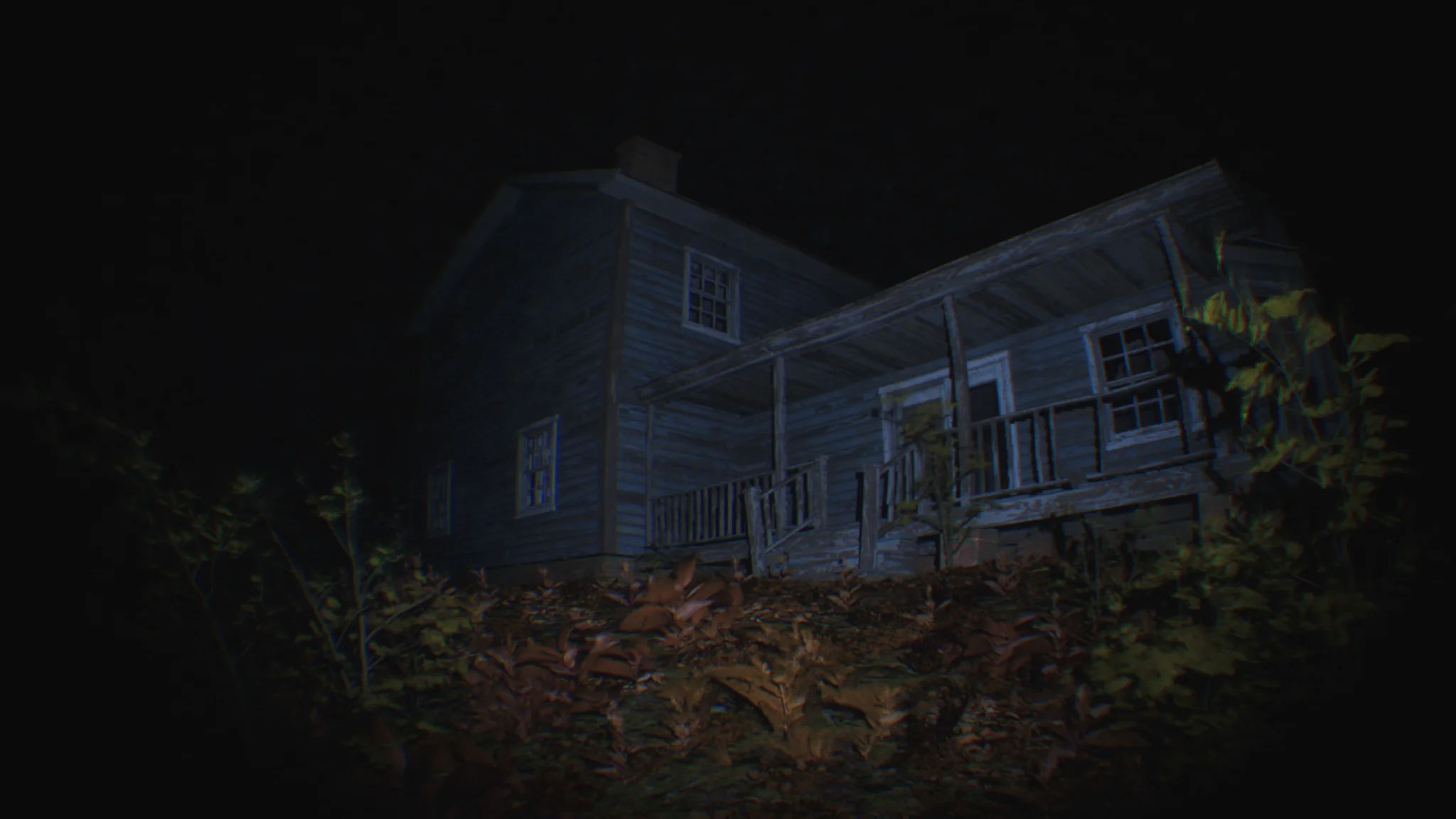Paranormal phenomena have intrigued humanity for centuries. From mysterious sounds in empty rooms to fleeting glimpses of dark silhouettes, people across cultures and generations have reported experiences they cannot explain. Among the most commonly described are shadow figures and spirits—two entities often at the center of ghost stories and supernatural investigations. Understanding these phenomena requires a careful look at the experiences reported by individuals, the theories behind their existence, and the scientific and cultural perspectives that continue to shape our understanding.
Defining Shadow Figures
Shadow figures, sometimes referred to as “shadow people,” are typically described as dark, human-like silhouettes that lack visible features. Witnesses often report seeing them out of the corner of their eye, only for the figures to vanish when directly observed. These figures are usually associated with feelings of fear, unease, or dread, though not always with direct harm.
What makes shadow figures particularly fascinating is their consistency across different reports. People from different parts of the world, often with no connection to one another, describe similar encounters. The most common type of shadow figure appears as a tall, man-like silhouette, sometimes wearing what appears to be a hat. While the origins of these sightings are still debated, some researchers believe they may be linked to sleep paralysis, heightened stress levels, or natural explanations such as low lighting and peripheral vision distortions.
The Nature of Spirits
Spirits are generally understood to be the souls or energies of deceased individuals who remain in the physical world for a variety of reasons. These entities may be seen, heard, or felt, and are often reported during times of emotional distress or near places of personal significance to the deceased. Unlike shadow figures, spirits are usually described as more human in form and can appear in dreams, photographs, or even as full apparitions.

Cultural beliefs heavily influence the interpretation of spirit sightings. In some traditions, spirits are seen as protectors or guides, while in others they may be considered lost or vengeful souls. Paranormal investigators often categorize spirits into different types—such as intelligent spirits, who seem to respond to questions or interact with their environment, and residual spirits, which appear to be recordings of past events that replay under certain conditions.
Scientific and Psychological Perspectives
Science often approaches paranormal phenomena with skepticism. Many scientists argue that what people experience as shadow figures or spirits can be explained by natural causes, including hallucinations, sleep disorders, or the power of suggestion. For example, sleep paralysis—a state where a person is awake but unable to move—can cause vivid hallucinations, often involving the sensation of a presence in the room. Similarly, the human brain is wired to recognize patterns and human forms, even in shadows or ambiguous stimuli, leading to misinterpretations.
Psychological factors such as stress, anxiety, and trauma can also play a role in these experiences. When the mind is under strain, it may be more likely to perceive threats or anomalies, even when none exist. Environmental factors such as electromagnetic fields, mold, and carbon monoxide have also been linked to strange experiences that mimic ghostly encounters.
Bridging the Gap Between Belief and Science
Despite the lack of concrete evidence, the persistence of reports involving shadow figures and spirits suggests that these experiences are meaningful to those who have them. Paranormal phenomena continue to be studied not only by ghost hunters and spiritualists but also by psychologists and sociologists who seek to understand why people believe what they do.
In conclusion, whether seen through a spiritual lens or analyzed with scientific rigor, shadow figures and spirits remain an enduring part of human experience. While many questions remain unanswered, the exploration of these phenomena encourages a deeper understanding of the human mind, culture, and our desire to connect with something beyond the visible world.

